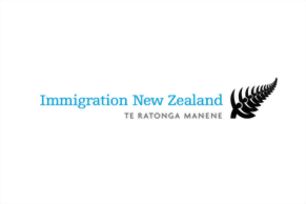New Zealand became one of the most popular tourist destinations in the world because of its breathtaking scenery and many outdoor activities that has become famous for. It is not surprising that New Zealand immigration is increasing, especially with the reputation that its people friendly.
New Zealand Ministry of Immigration is similar to many other immigration policies by offering a range of visa options for those seeking to enter. Similar to the Australian visa policy, the categories include skilled migrant visas, visas and family visas for business investment. Thank you to the country's growing economy, skilled migrants visa is the most popular way to immigrate to New Zealand.
With the skills and experience, migrants may enter the skilled migrant visa program. New Zealand Immigration points are judged on candidates skills and qualifications and award points based on their past achievements. If the applicant receives a certain number of points, they are considered eligible and entered in a pool of workers abroad. The immigration department then select the most qualified from this pool of candidates to fill the gaps in the work that the country is experiencing
New Zealand Ministry of Immigration is similar to many other immigration policies by offering a range of visa options for those seeking to enter. Similar to the Australian visa policy, the categories include skilled migrant visas, visas and family visas for business investment. Thank you to the country's growing economy, skilled migrants visa is the most popular way to immigrate to New Zealand.
With the skills and experience, migrants may enter the skilled migrant visa program. New Zealand Immigration points are judged on candidates skills and qualifications and award points based on their past achievements. If the applicant receives a certain number of points, they are considered eligible and entered in a pool of workers abroad. The immigration department then select the most qualified from this pool of candidates to fill the gaps in the work that the country is experiencing

A professional immigration consultant help will streamline the immigration process and provide a greater chance of success for those who wish to start a new life in New Zealand, without the stress of the person completing an application form.So, apply before New Zealand Immigration Policy 2011 changes.